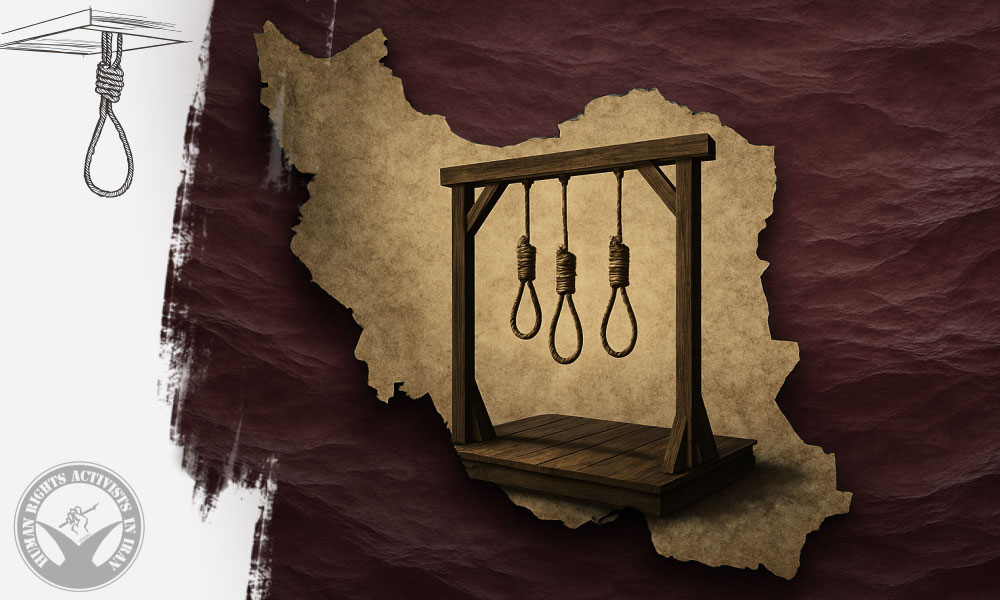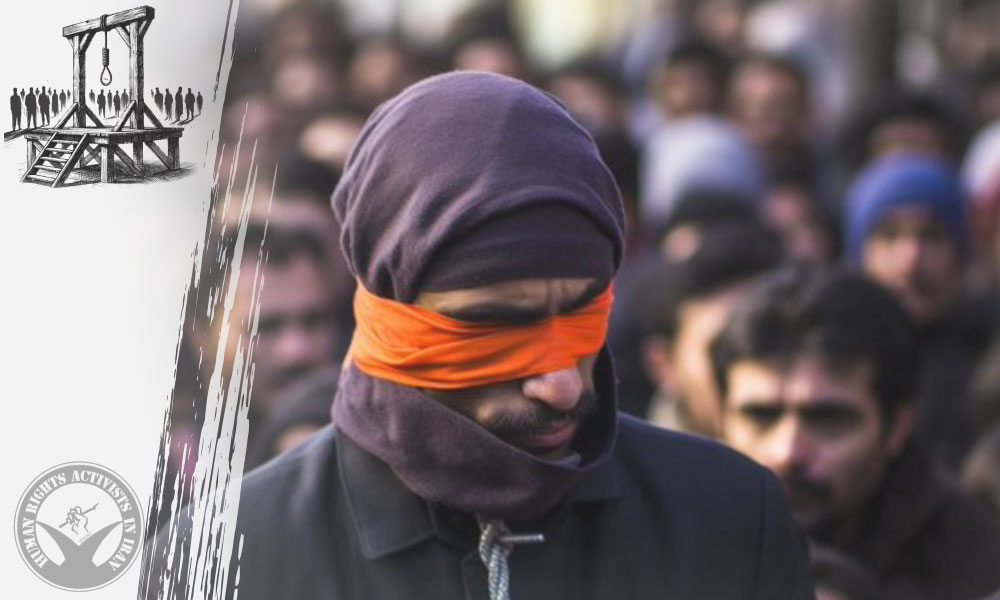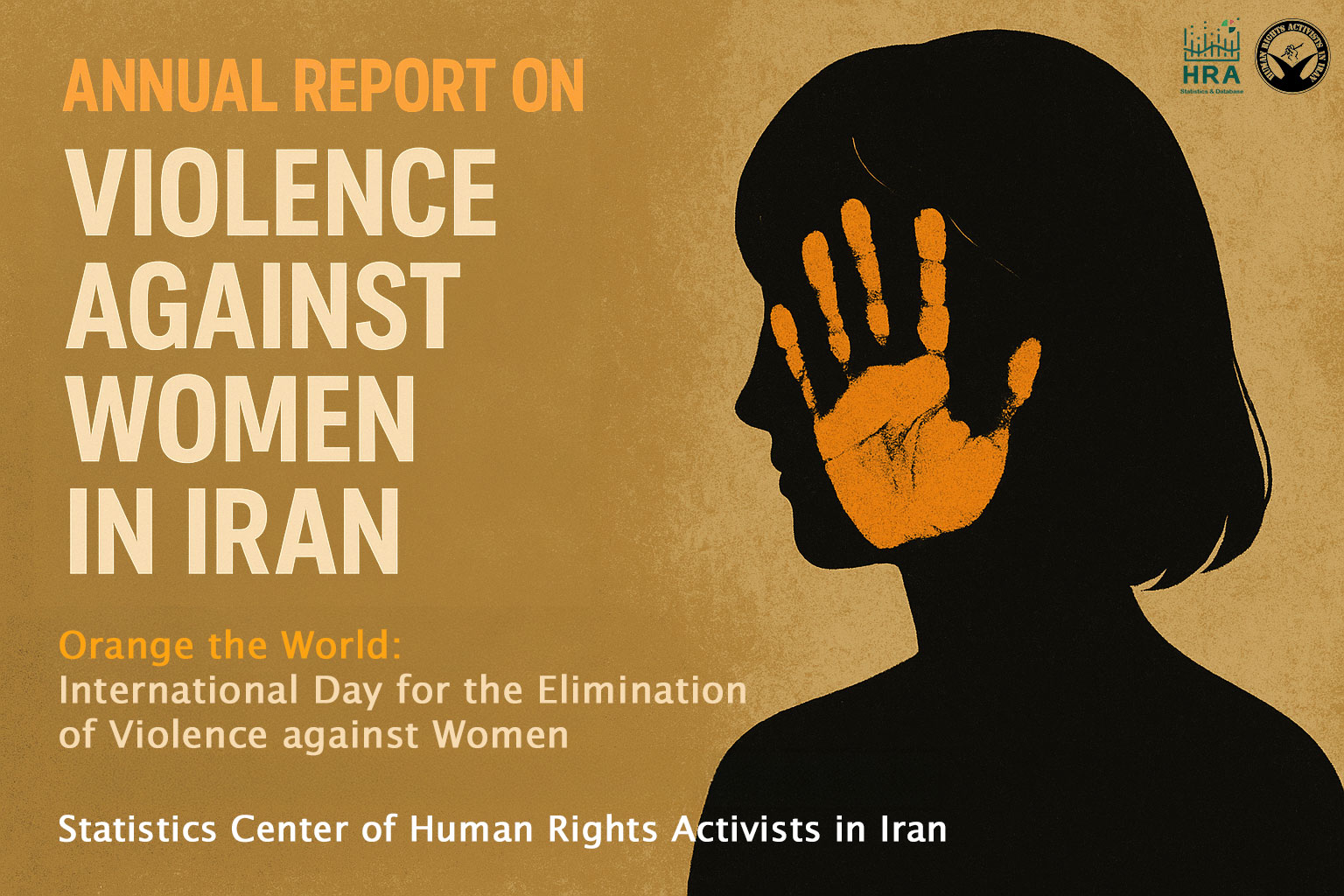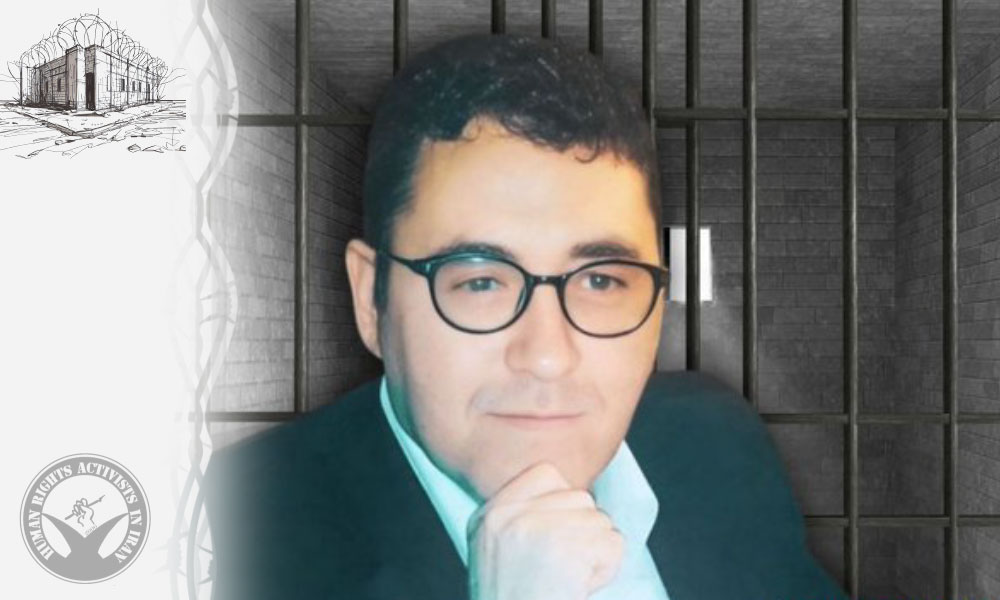HRANA -On a cold winter morning, in the heavy silence of a city square, a crowd gathers to witness the public execution of a condemned individual. The murmurs of the crowd and the hurried steps of the guards ripple through the air. A 4- or 5-year-old child, puffed corn snack in hand, stands next to his mother. His eyes are fixed on the rope fastened around the prisoner’s neck, and his lips tremble. Shallow and irregular breathing, trembling hands, and a tensed body are clear signs of intense fear. This child’s brain is flooded with visual, auditory, and even olfactory stimuli—blood and metal—that can permanently alter his neural pathways. His sense of safety has been severely compromised, and his body remains in a constant state of alert, marked by involuntary physical responses such as lip tremors and muscle contraction. In his mind, the imagery of blood and violence becomes imprinted visually and emotionally. These memories, when triggered—even by unrelated stimuli—can recreate the trauma, resulting in severe anxiety.
Elsewhere in the crowd, a 13- or 14-year-old boy hides behind several adults, trying to appear calm. Yet his darting eyes, deep and occasional breaths, and muscle tension betray high anxiety. With more advanced cognitive abilities, his mind formulates profound questions about justice, life, and death. The activation of the hypothalamic–pituitary–adrenal (HPA) axis and the release of stress hormones like cortisol and adrenaline increase heart rate, sweating, and hypervigilance. His body, like that of the younger child, enters a state of persistent readiness.
This scene exemplifies the experience of children and adolescents who directly witness extreme violence—a form of exposure that can have deep psychological and neurological consequences. A 13-year-old adolescent, capable of higher-level processing, may internalize anger, fear, and anxiety while cognitively analyzing the event. His physiological reactions—such as rapid heartbeat, sweating, muscle tension, and heightened alertness—coincide with attempts to process the memory and reconcile it with concepts like justice and social norms. This ongoing struggle can lead to chronic tension and long-term damage to the nervous system.
Public executions represent an exceptionally intense experience of violence with widespread psychological and neurological effects on children and adolescents. These events are not merely legal procedures; they are emotionally and psychologically charged experiences that shape memory, emotion, and social interaction for years to come. Young children, due to the incomplete development of their prefrontal cortex and limited emotional regulation skills, are particularly vulnerable. Adolescents, with more cognitive capacity, may experience philosophical and ethical dilemmas surrounding death, justice, and human values. The activation of the central nervous system and the HPA axis increases the secretion of stress hormones, solidifying fear and memory pathways and increasing the likelihood of developing post-traumatic stress disorder (PTSD).
Neurological and Psychological Mechanisms
Witnessing severe violence—especially in childhood and adolescence—activates complex brain networks responsible for emotion processing, memory, and threat response. The amygdala, a key center for processing fear and threat, becomes hyperactive in such situations. This activation prompts rapid detection of danger and immediate anxiety responses like increased heart rate, sweating, and fast breathing. In young children, these reactions are often uncontrolled and automatic, manifesting as intense fear, trembling, crying, and restlessness. Because the prefrontal cortex—which regulates emotional responses and logical decision-making—is still underdeveloped, their ability to manage such distress is limited. This makes the emotional memory of witnessing violence, especially public execution, deeply ingrained and capable of causing both short- and long-term harm.
Short-Term Effects:
Children and adolescents exposed to violence may develop acute anxiety disorders. These symptoms can include flashbacks, nightmares, insomnia, and fear of being alone. Behavioral regressions are common; younger children might revert to thumb-sucking, bedwetting, or clinginess. Adolescents often respond in more complex and socially driven ways, such as avoiding places or situations reminiscent of the trauma, becoming irritable or aggressive, or engaging in risky behavior.
Long-Term Effects:
The risk of developing PTSD increases significantly, affecting psychological functioning and impacting educational, professional, and social outcomes. A child raised amid violent imagery may struggle with concentration and learning difficulties in school. Persistent anxiety and intrusive thoughts hinder memory formation and academic performance, often continuing into university and adulthood. This limits opportunities for academic and career success and becomes apparent in professional environments.
Adults who witnessed violence as children tend to have lower tolerance for psychological stress and often avoid competitive or high-pressure environments. This avoidance can hinder professional advancement, pushing individuals toward low-interaction, low-stress jobs. Social and emotional relationships are also deeply affected. Those raised with traumatic memories often struggle with trust, forming stable relationships, and emotional regulation. Their adult relationships may be short-lived or conflict-ridden, making secure emotional bonds difficult to establish. Intergenerational effects are also significant. Parents who witnessed executions or public violence as children may struggle to provide a safe environment for their own children. These individuals may manage anger and emotional regulation poorly or inadvertently pass on their own anxiety and fear. As a result, psychological trauma perpetuates across generations. Studies show that such parents may either become overly strict to prevent danger or overly passive and unable to establish safe boundaries—both scenarios impairing a child’s healthy and supportive development.
This array of consequences shows that witnessing violence in childhood is not merely a personal experience—it has long-term, multidimensional impacts on life trajectory, education and employment opportunities, relationship quality, and even future parenting roles.
Adult Testimonies
Research shows that even after many years, memories of public executions can have a lasting psychological impact:
Elaheh, a 28-year-old woman with a degree in graphic design, witnessed a public execution at age five. She retains the memory as a vivid visual and emotional imprint, reporting ongoing anxiety and fear throughout her academic life and creative work. According to Elaheh, recalling the memory not only triggers intense emotional responses but also shapes her artistic themes and worldview.
Saman, a 30-year-old computer engineer, witnessed an execution at age 13 and still feels its effects. He describes repeated flashbacks accompanied by anxiety, anger, and irritability. In academic and professional settings, he continues to struggle with focus and avoids high-stress situations—highlighting how exposure to intense violence during childhood can permanently alter psychological and career development.
Social and Cultural Consequences
Children and adolescents exposed to violent scenes and public executions are not only at risk of personal psychological and emotional harm; broader social and cultural impacts also emerge. From a social psychology perspective, such exposure shapes their perception of justice, law, ethics, and human rights. A child who repeatedly witnesses violent deaths may come to view the world as dangerous, unjust, and threatening. Without appropriate psychological and social support, this perception can lead to distorted beliefs about justice and morality—where violence may be seen as a legitimate or natural solution.
Chronic anxiety and automatic fear responses can also reduce social participation and trust in legal or governmental institutions. Children and adolescents with these experiences may avoid group activities, social discussions, or civil protests, believing that change is beyond their control or that confronting violent power structures is too dangerous. At the macro level, this leads to a culture of distrust, isolation, and apathy toward others’ human rights.
Psychological studies also show that early exposure to violence affects modeling and social learning. A child or adolescent may replicate observed violence in the form of aggression or excessive defensiveness in interpersonal relationships. This can perpetuate a cycle of social and personal violence across generations, creating a vulnerable and anxious population that continues to experience fear and trauma in social contexts.
Culturally, in societies where public executions and organized violence are common, social acceptance of violence and erosion of human rights values can be reinforced across generations. This normalization fosters a culture of fear and general avoidance. Children raised in such environments often feel powerless to change their surroundings and distrust social justice, limiting their emotional and social development. Culturally, public executions witnessed by children foster long-term consequences: higher public anxiety, a sense of injustice, and reduced social solidarity—ultimately creating societies with fragile human relationships and limited mutual support.
In the end, the social and cultural impact of witnessing violence in childhood and adolescence extends far beyond the individual. It can shape entire generations—leading to psychological disorders, difficulties in social and emotional relationships, reduced motivation for civic participation, and even academic and professional struggles. Public executions witnessed by children are not only deeply harmful personal experiences but also social and cultural phenomena that perpetuate cycles of violence and fear in future generations.
Psychological Interventions
To reduce the psychological impact of witnessing executions—especially among children and adolescents—both immediate and long-term psychological interventions are essential.
Short-Term Interventions focus on restoring a sense of safety and emotional stability. These include creating a protected environment, offering age-appropriate explanations of the event, and ensuring the presence of a psychologist or counselor at the scene. Simplified explanations help prevent confusion and distorted perceptions of violence and justice. Psychological professionals can guide children through early emotional processing, helping to reduce acute anxiety.
Specialized Treatment includes evidence-based approaches such as Cognitive Behavioral Therapy (CBT) and Eye Movement Desensitization and Reprocessing (EMDR). CBT helps children and adolescents identify and reconstruct negative thought patterns and learn coping skills for managing emotions and anxiety. EMDR targets traumatic memories, reducing their emotional intensity and relieving symptoms of PTSD, such as flashbacks, nightmares, and severe anxiety responses.
Social Support plays a critical role. Families, schools, and communities must provide a violence-free and supportive environment where children feel safe, connected, and understood. Teaching coping skills—such as relaxation, controlled breathing, emotional regulation, and stress management – is crucial. Peer support groups can enhance a sense of solidarity and reduce isolation.
Long-Term Interventions should include ongoing mental health monitoring, early diagnosis of PTSD or anxiety disorders, and developmentally appropriate treatments continuing through adolescence and early adulthood. Traumatic memories can resurface over time, affecting academic performance, employment, social relationships, and parenting capacity. Educating parents and educators to recognize signs of anxiety, sleep disturbances, irritability, and attention deficits is essential. Parents must learn to create safe, nonviolent home environments and teach their children coping mechanisms to prevent the continuation of psychological harm.
In schools, educators must be aware that children who have witnessed extreme violence may face concentration issues, social anxiety, communication difficulties, and academic decline. Implementing special education and counseling programs can restore trust, enhance social empowerment, and improve academic performance. Life skills education, emotional regulation, and problem-solving training can reduce the negative impacts of violence and strengthen psychological resilience.
At the societal level, public education on the psychological effects of public executions on children and adolescents is vital. Collaboration between human rights organizations, psychologists, and media can raise awareness and promote child-protection policies, helping to break cycles of violence and long-term trauma.
In summary, effective psychological interventions must be multilayered, long-term, and holistic—providing immediate safety, professional trauma treatment, social support, coping education, and continuous mental health care. Only through such an integrated approach can the severe psychological, behavioral, and social consequences of witnessing violence be mitigated, allowing children and adolescents to pursue healthy and successful development.
Conclusion
Witnessing executions in childhood and adolescence is a deeply damaging experience with wide-ranging psychological, neurological, behavioral, and social consequences. PTSD, academic and professional challenges, relationship difficulties, and parenting struggles are among the common outcomes. The testimonies of Elaheh and Saman show that even with academic and professional success, the effects of such trauma persist and affect quality of life well into adulthood. Policymakers and society must recognize the urgent need for psychological support, prevention, and treatment for children exposed to violence. Scientific interventions, supportive families, and safe environments can reduce harm and enable survivors to live healthier, more fulfilling lives.
It is essential to understand that public executions not only violate the human rights of the condemned but also pose a serious threat to the mental health of future generations. Addressing this issue is a social and moral imperative.
References:
Attari, A. (2006). Post-traumatic stress disorder in children witnessing a public hanging in the Islamic Republic of Iran. Eastern Mediterranean Health Journal, 12(1–2), 1–9.
McIntosh, D., Wang, Y., Kelly, E. V., Sharkey, J. D., & Prinstein, M. J. (2023). Exploration of witnessing community violence and recent death of a close family member or friend: Effects on child psychological and behavioral adjustment. Journal of Child and Family Studies, 32(9), 2442–2455.
Elklit, A., Christensen, K. S., & Jind, L. (2013). The psychological reactions after witnessing a killing in a public place. European Journal of Psychotraumatology, 4(1), 19826.
Groves, B. M. (1993). Silent victims: Children who witness violence. JAMA, 270(5), 612–615.
Written by Mahtab Alinejad
Originally published in Khat-e Solh (Peace Mark) monthly magazine on September 23, 2025.







